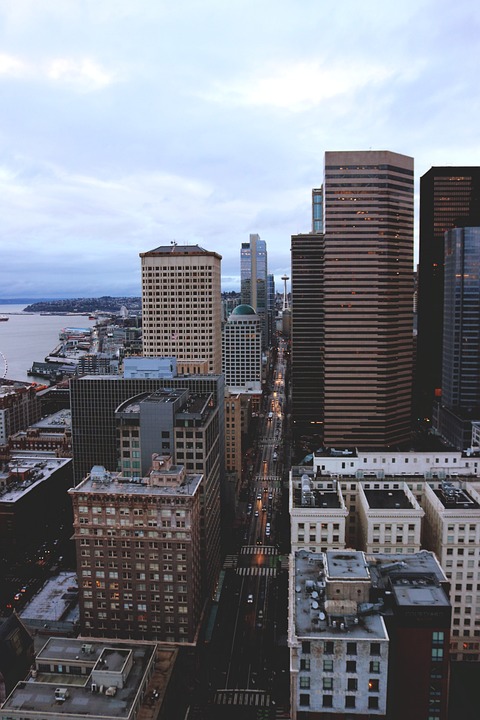Washington Gridlock: Can the Senate Get Anything Done?
The United States Senate is known as the "World’s Greatest deliberative body," but in recent years, it’s been more like a stubborn obstacle. The Senate, specifically, has become notorious for its ability to stall, gridlock, and impede even the most pressing issues facing the nation. But is there hope for change? In this article, we’ll delve into the depths of the Senate’s gridlock, examine the causes and consequences, and offer a glimmer of hope that the Senate might just get things done.
What is Washington Gridlock?
Washington gridlock refers to the widespread inability of the United States government, particularly the Senate, to pass laws, resolve major issues, and operate effectively. This phenomenon has plagued the government for decades, often resulting in partial or complete shut-downs of government services, missed debt payments, and a lack of cohesion on vital issues.
Causes of Gridlock
- Hyper-Polarization: The Senate’s partisan divisions have grown wider, making it difficult for lawmakers to find common ground.
- Obstruction: Senators and their staff can use delaying tactics, such as holds, filibusters, and cloture votes, to block legislation or nominations.
- The Use of Procedural Maneuvers: Lawmakers can use creative procedural methods to stall or kill legislation, often bypassing regular process.
- Partisan Gerrymandering: Politicians engage in electoral district gerrymandering, ensuring continued partisan dominance and gridlock.
Consequences of Gridlock
- Impact on Governance: Gridlock hinders the federal government’s ability to respond to crisis, pass budgets, and provide public services.
- Economic Uncertainty: Failure to address economic concerns, such as taxes, spending, and the national debt, can lead to economic downturns and market volatility.
- Citizen Engagement: Frustrated citizens disengage from the political process, as government appears unresponsive or ineffective.
Can the Senate Get Anything Done?
Despite the numerous challenges, there are signs of hope for change. A few examples of recent accomplishments include:
- Bipartisan Support for Gun Reform: In response to tragic mass shootings, both parties worked together to pass some gun control legislation.
- Disaster Relief: Following catastrophic natural disasters, lawmakers from both parties came together to provide aid and funding.
- Infrastructure Packages: Bipartisan efforts have produced infrastructure packages, such as the highway bill, benefiting the nation’s infrastructure and transportation systems.
To overcome gridlock, lawmakers could:
- Increase Bipartisanship: Encourage compromise and collaboration by appointing cross-party committees to work on key issues.
- Streamline Procedural Rules: Revise and simplify Senate rules to promote more efficient passage of legislation.
- Foster Transparency: Use technology to facilitate public engagement, improving communication between citizens and lawmakers.
Frequently Asked Questions (FAQs)
Q: Can the President unilaterally bypass gridlock?
A: No, while the President has certain executive powers, gridlock primarily resides in Congress’s jurisdiction.
Q: Who is responsible for gridlock?
A: All parties, both Democratic and Republican lawmakers, have contributed to gridlock to varying degrees.
Q: How has gridlock affected the country’s credibility?
A: Widespread gridlock has eroded public trust in the federal government, reducing its effectiveness and influence in global affairs.
Q: What impact has social media had on gridlock?
A: While social media has amplified communication, it can also exacerbate partisan division and gridlock by allowing cherry-picking and misinformation.
As we navigate these tumultuous political times, it’s essential to acknowledge that progress is possible, and the Senate has shown moments of bipartisanship and cooperation. By encouraging collaboration and revising procedures, the Senate might just rediscover its ability to serve the nation effectively, rather than perpetuating Washington gridlock.



